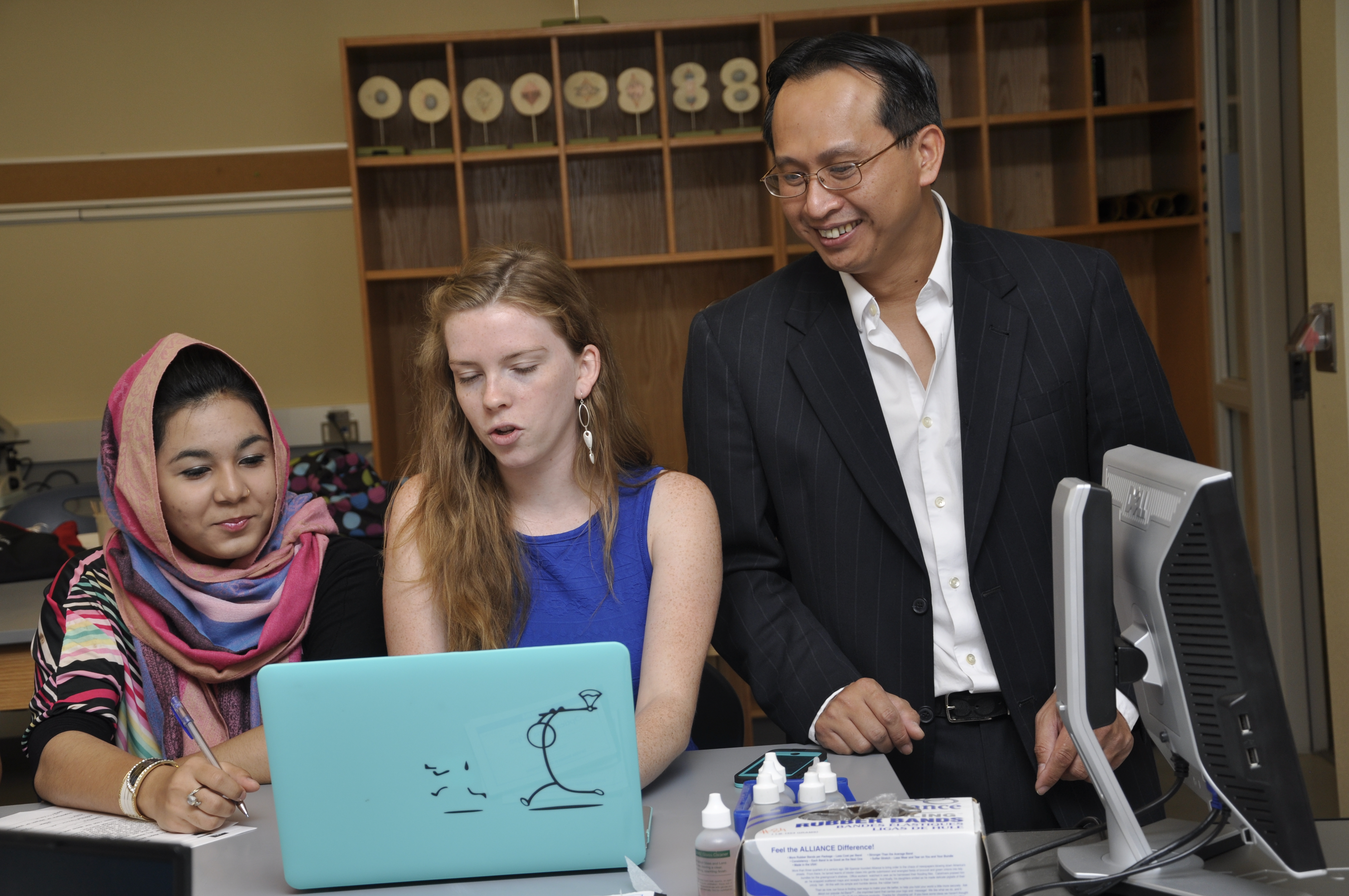From afros and press and curls to wigs and weaves, hair has historically been a form of expression for African American women. But there’s definitely more to hair than meets the eye in African American culture. Watch and read below to learn more.
Administrative Assistant Ta’ Rae S. explains in a self written poem why she chooses to wears her hair the way she does.


Ixchel F.
Staff Development Specialist
Generation: Y
“I think for a long time we were ashamed of our hair. It’s not until recently where women of color have started to embrace the uniqueness and the naturalness of our hair. We went through a period where it was common to relax our hair. To change the texture of our natural hair. Because that’s what was acceptable in society, you know, that European standard of what was beautiful. So for a very long time, we did not embrace the textures and quality of our hair. Now it’s like the big thing, natural hair. Not even just the naturalness of our hair, but cornrows, braided, all of that is now so big in the media.
It’s interesting to see some of the people who have made that popular. It’s not black women. It’s Kim Kardashian. You know, it’s those kinds of women. There’s always kind of been discomfort for us in embracing our natural hair.
I know people who have been told that in order to get this job, they have to cut their hair. So, there is definitely constraints around natural hair in certain environments. I don’t personally feel that way. I guess I just don’t care. It’s my hair. I’m gonna wear it the way that I deem necessary and that’s that.”

Malcolm F.
College Professor
Generation: Y
“I think the biggest influencer I’ve noticed in women’s decisions to wear their hair a particular way is their mothers, their families. And I’m thinking of the case of a good friend I had in graduate school who wore these beautiful natural hairstyles all the time, but whenever there was a formal function coming up – a department dinner or an award ceremony, she would always get it straightened or pressed. And I asked her about it one time, “Why do you do that?” she said, “Well my mom told me that whenever you’re going to something important, you need to straighten your hair.” And she went on to explain that that was the tradition in her family, and it was for no other reason than that. And when I further questioned her about it, she began to question…this generational trend in her family to equate the straightened hair with formal and proper.”

Rose C.
Continuing Education, Coordinator
Generation: Y
“It is totally commercialized, this movement. This embracement of the culture. They just find a way to make money off of it. I think right now, I call my hair a boy box cut, and I wear it because when I got a little older, I found that long hair made me look older. I’m just doing it to show more of my face, and to accept the skin I’m in. This is internal for me to see that – to tell myself and reaffirm to myself that I have the same face, and regardless of what hair is on my head, I have the same face. It took me turning 35 to say, “I need to realize this.” I guess it was in reaction to just having to prove that Black is Beautiful. If it’s beautiful with long, 20-inch Brazilian or box braids, or whatever, my face is still beautiful and I needed my girls to see me overcome that little self-esteem glitch so that they can embrace their beauty.”
In celebration of Black History Month, North Lake College has created a series of blog posts and videos to dispel stereotypes while celebrating cultural diversity in the African American community. We strongly encourage you to share these stories and to join in on the conversation. To learn more about the series visit blog.northlakecollege.edu/nlccelebratesbhm.





